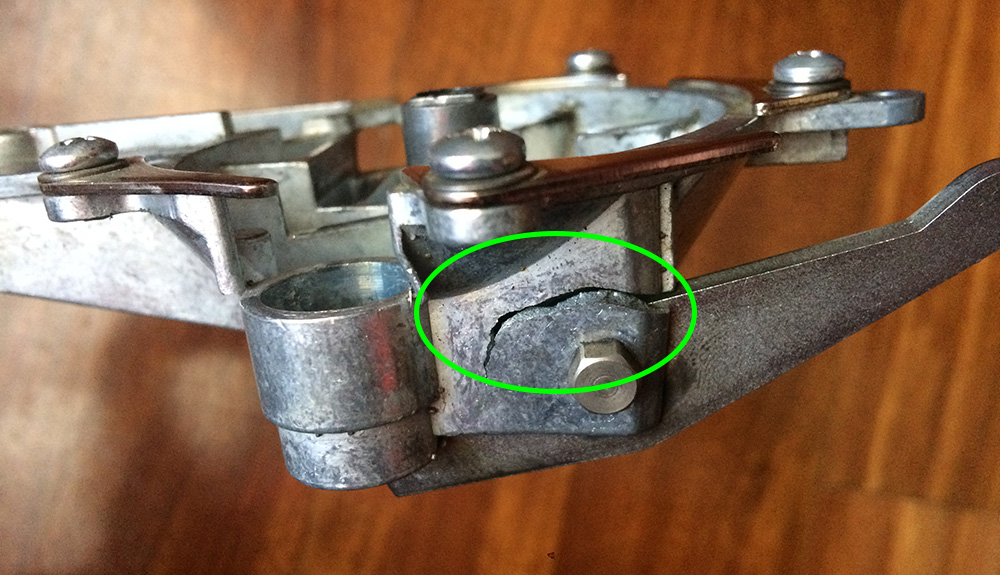- Cci Primer Recommended Seating Depth Tool
- Cci Primer Recommended Seating Depth
- Cci Primer Seating Depth
- It is ever so slightly hotter than the small rifle magnum primer and it comes with a brass colored thick cup. This primer can be used in place of the SRM primer or used when a different powder is used that is hard to ignite.' Primers recommended for use in.223 Rem/5.56 semiautomatic rifle loads: CCI #41, 450, BR4.
- I too heard that CCI primers were made of a harder metal and were harder to seat properly and harder for the gun to ignite, and that was over 20 years ago! But it is most important that any primer be fully seated in the primer pocket of the case. If the case's primer pocket is dirty that may keep the primer from fully seating.
- I knocked out a couple of fired primers from the partial box of.38s and the primers measure.115 cup depth. ( Interestingly, all the anvils were.003 above the rim of the cup. I expected them to be flush after seating and firing.) Primer pocket depth.114 to.117 from the same cases as the primers measured above.
- In the Berger Bullets Reloading Manual they say: “What has been discovered is that VLD bullets shoot best when loaded to a COAL that puts the bullet in a ‘sweet spot.’. This sweet spot is a band 0.030 to 0.040 wide, and is located anywhere between jamming the bullets into the lands and 0.150 jump off the lands.
OK, I have a light varmint rifle in 6PPC. I have 50 fireformed brass that have been annealed after forming.
I have VARGET, H322, H4895, CFE223....also CCI 400 and CCI 450 primers....also Barts 68gr, Berger 68gr, Berger 64gr bullets.
Any tips where to start component=wise? I’m thinking get close to a load with the Barts, CCI450 and CFE223. Then try substituting powder. I’m thinking powder charge needs to be my first variable, then seating depth, then neck tension, then powder, then try other bullets.
That said, are one of the other powders a better starting point? Are CCI 400’s a better starting point?
Cci Primer Recommended Seating Depth Tool
Primer seating depth – how far the primer is inserted into the shell case – is carefully controlled in factory ammunition. You also need to be aware of primer seating depth when reloading. Seating the primer too deep below flush can damage the internal components, leading to misfires and inconsistent ignition. Seating the primer too high (above flush) can cause the cylinder to not rotate in revolvers, and can cause problems when the bolt slams home in semi-autos. Seating above flush can also result in misfires.
Unless you are reloading on a progressive machine (each pull of the handle yields a loaded cartridge), the primer seating depth is controlled by feel as the primer is inserted. This is especially true if you are using a handheld priming tool. The primer seating depth is best checked with your finger tip. Sliding the index finger across the bottom of the primed shell case will quickly determine if the primer is above or below flush.
Cci Primer Recommended Seating Depth
Not possible to judge proper seating depth visually! Use the back end of your caliper to measure a bunch of your primer pocket depths. Write down the deepest pocket depth. Measure the height of your primers including the protruding anvil. Write down the shortest measurement then subtract.002.
Cci Primer Seating Depth


The ideal seating depth is just below flush. As you gain experience in loading, the feel to accomplish this will become familiar. It is best to use your finger to test every primed shell case. If the primer is above flush it can be run through the seating operation again to push it below flush.